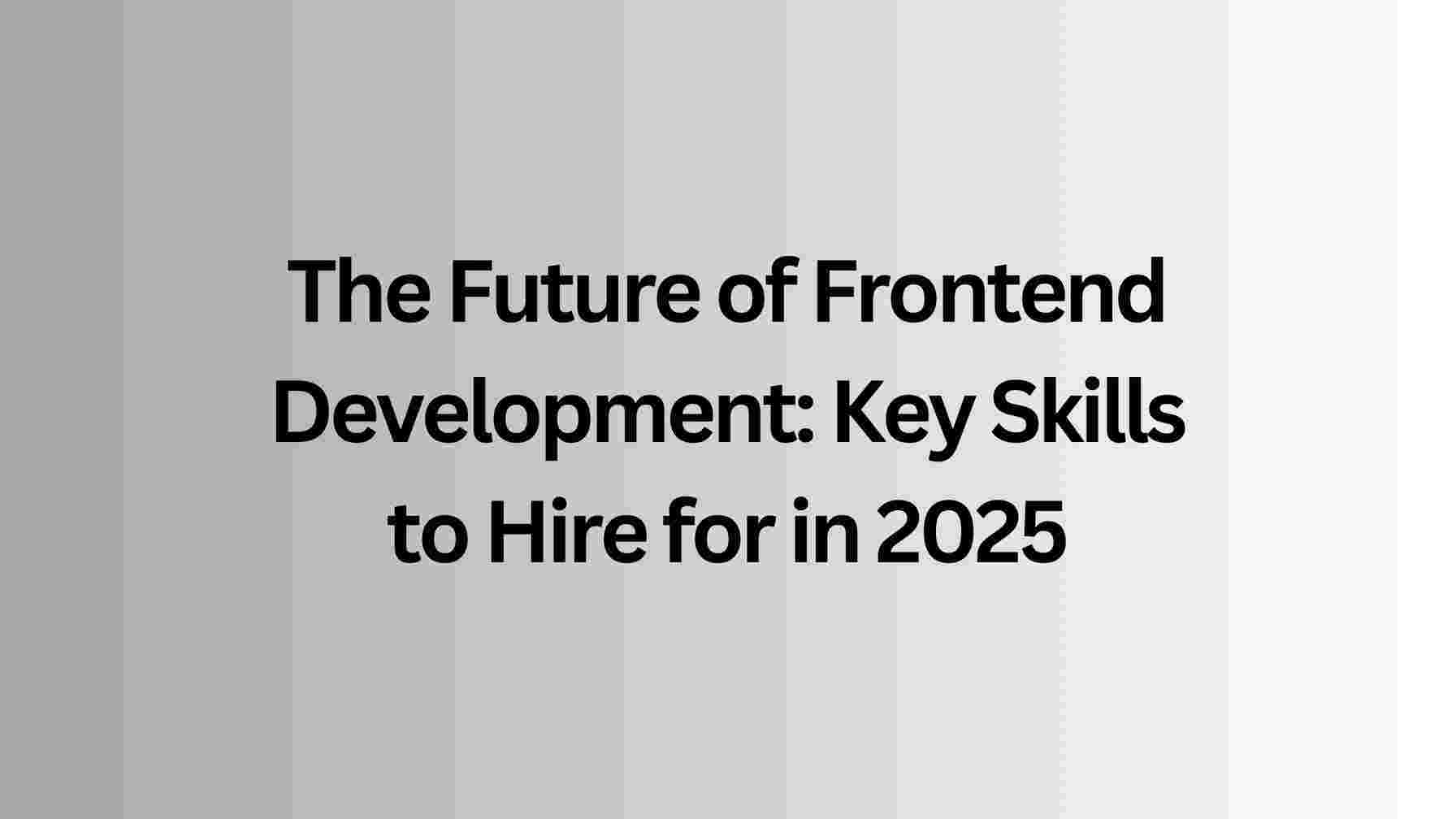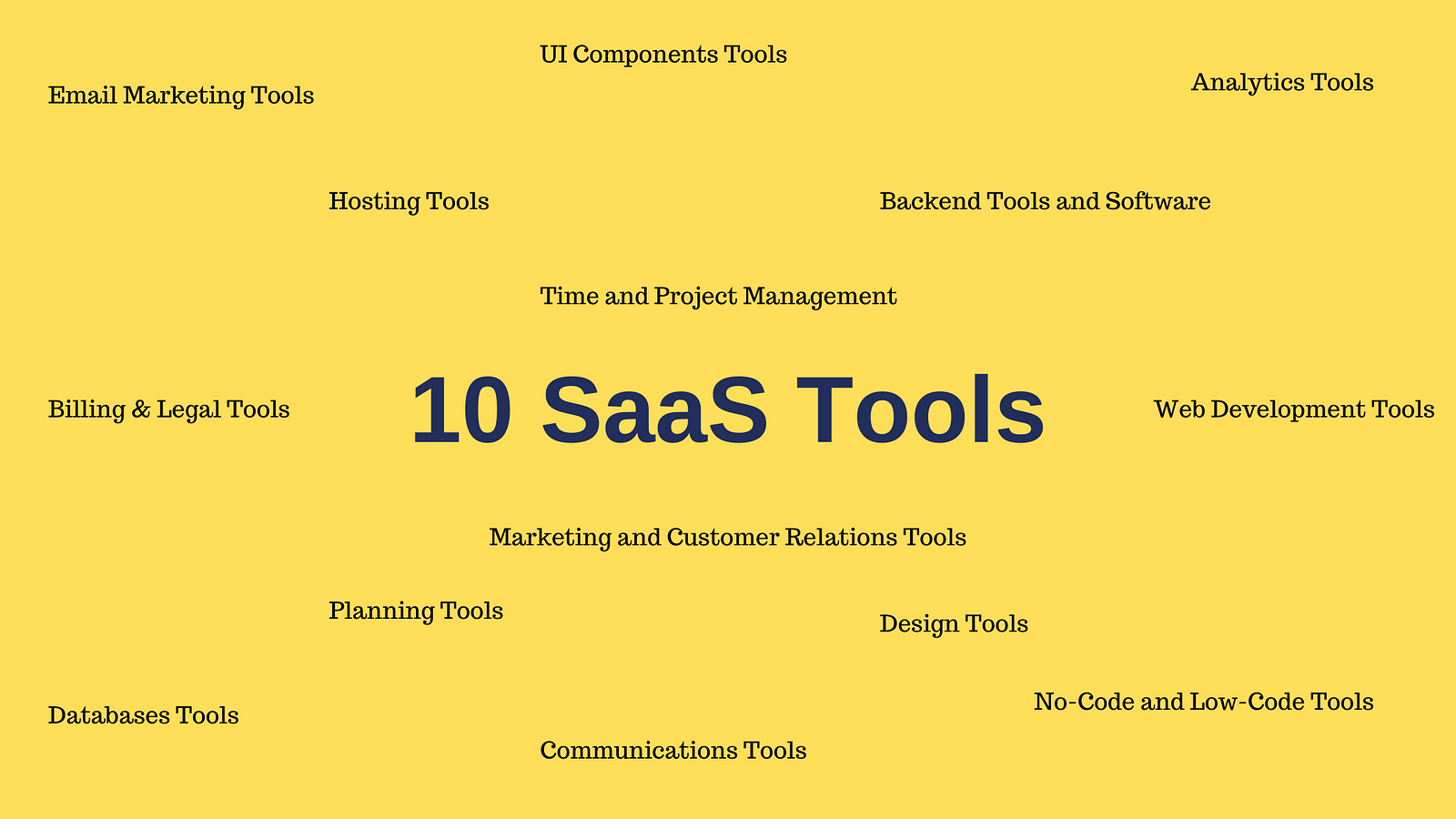
The frontend development space has shifted dramatically — from simple HTML pages to complex, interactive applications that shape our digital experiences. The emergence of new frameworks, libraries, and technologies has redefined how developers build interfaces and raised the bar for user expectations. As we look toward the future, understanding these changes is important for developers eager to enhance their skill sets and for businesses aiming to stay competitive in this ever-evolving side of the internet.
In this article, we’ll explore the cutting-edge technologies revolutionising frontend development, such as AI, no-code, and low-code solutions. We’ll also show you where to find freelancers with these skills if you are hiring for your business.
Emergence of New Frameworks and Libraries
The frontend development scene is experiencing some remarkable changes. While established frameworks like React, Angular, and Vue are still dominating, newer contenders such as Svelte, Solid, Astro, and Qwik are already making their mark. These emerging frameworks are not just alternatives; they promise significant performance improvements, reduced JavaScript bundle sizes, and cleaner, more intuitive APIs for developers.
Svelte, for example, takes a unique approach by compiling components into highly optimized JavaScript at build time rather than relying on a virtual DOM at runtime. This leads to smaller bundle sizes and faster execution, making it an attractive option for performance-sensitive applications. Developers appreciate Svelte’s simplicity and the minimal boilerplate code required, which allows for rapid development without sacrificing quality.
As these new frameworks gain traction, they challenge the status quo and encourage developers to rethink their approaches to building web applications. Businesses looking to stay competitive should consider these frameworks when hiring talent or developing new projects. Understanding the strengths of each framework can guide companies in choosing the right technology stack that aligns with their goals. Using Fiverr Pro, you can find vetted developers skilled in any stack of your choice.
No Code/Low Code Development
No code and low code development are transformative approaches to software creation that utilize visual interfaces, templates, and pre-configured components, allowing users to build applications without extensive programming knowledge. Low code development produces software applications using these visual tools, while no code development eliminates the need for any coding at all. This trend is rapidly gaining traction in the frontend development landscape due to its multiple advantages.
No-code development enables individuals to create software solutions through intuitive drag-and-drop interfaces. For example, platforms like Bubble and Webflow allow users to design and launch fully functional applications and websites without writing a single line of code. Low-code development provides a more flexible environment that still requires some coding knowledge but significantly reduces the amount needed. Platforms like Airtable exemplify this approach.
Businesses across various sectors — such as startups, e-commerce platforms, marketing teams, and corporate innovation departments — stand to benefit from these technologies. If you seek skilled professionals proficient in these platforms, resources like Fiverr Pro offer valuable avenues for finding talent capable of implementing no-code and low-code solutions effectively.
Artificial Intelligence and Machine Learning
Artificial Intelligence (AI) and Machine Learning (ML) enable front-end developers to deliver personalized, efficient, and engaging user experiences. AI and ML applications can analyze user data to provide tailored content, making applications smarter and more responsive to individual needs. These technologies empower developers to create solutions that meet and anticipate user expectations, enhancing overall satisfaction.
For instance, companies can use AI to automate customer service with chatbots, create personalized user journeys, or even optimize site performance through intelligent resource allocation. Machine learning models are also used to detect user intent, analyze data trends, and enhance security features such as fraud detection. Businesses like Netflix, Amazon, and Spotify already use these technologies to deliver tailored user experiences, resulting in higher engagement and customer retention.
Companies need developers with expertise in frontend frameworks and AI libraries, such as TensorFlow.js or PyTorch, to build AI — and ML-powered frontend applications. You can find freelance professionals who specialize in integrating these advanced tools into applications.
Progressive Web Apps (PWA)
Progressive Web Apps (PWAs) represent the convergence of web and mobile experiences, offering the performance and capabilities of a native mobile app with the accessibility of a web application. PWAs are built using standard web technologies — HTML, CSS, and JavaScript — but they incorporate advanced features that allow them to function like native applications; they work offline, load instantly, offer responsive design, and provide push notifications, which significantly improves retention and interaction rates, particularly for e-commerce and content-heavy websites.
Businesses across various industries, from retail to media, benefit from the improved performance and reduced friction that PWAs offer. Unlike traditional web applications, PWAs can be added to the home screen, bypass app stores, and even use device hardware features such as the camera or geolocation, making them versatile for a wide range of applications. Companies like Twitter, Starbucks, and Pinterest have adopted PWAs, reporting increased engagement and lower bounce rates due to faster load times.
E-commerce, media outlets, travel and hospitality, and service-based businesses can benefit from PWAs’ performance, low development costs, and SEO benefits. If you are looking to build PWAs, find developers with expertise in the field. Fiverr Pro offers access to vetted professionals who have proven experience in delivering high-performance PWAs.
Web3 and Blockchain
Web3 and blockchain technology have transformed how we build and interact with digital platforms and will continue to do so. Web3 is the iteration of the internet powered by blockchain technology, cryptocurrencies, and decentralized applications (dApps). In web3, users have greater ownership and control over their data and assets, fundamentally altering how businesses, developers, and consumers approach digital transactions, governance, and engagement.
At the heart of Web3 is blockchain, a distributed ledger technology that enables secure, transparent, and tamper-proof transactions. Unlike traditional web models, where data is controlled by centralized entities (like tech giants or financial institutions), blockchain allows for peer-to-peer interactions without intermediaries. This decentralization promotes trustless environments where users can verify data and transactions independently, creating opportunities for innovative business models and decentralized applications.
Industries like finance, gaming, digital media, and supply chain management already benefit from Web3 and blockchain technology. However, building blockchain and Web3 applications requires a unique skill set, including expertise in distributed systems, cryptography, and smart contract development. Businesses looking to innovate in this space must hire developers proficient in blockchain frameworks like Ethereum and Solana and programming languages such as Solidity and Rust. Platforms like Fiverr Pro can connect you with vetted, qualified blockchain engineers with the necessary experience to bring their Web3 projects to life.
Microfrontends
Microfrontends are an architectural approach to building modern web applications, especially in large-scale, complex systems where traditional monolithic frontend architectures become difficult to manage and scale. Drawing inspiration from the microservices concept in backend development, microfrontends break down the frontend into smaller, independent units, each responsible for a distinct part of the user interface (UI). These units can be developed, deployed, and updated independently, making the entire application more modular and scalable.
The core idea behind microfrontends is to decentralize frontend development, allowing different teams to work on distinct features of an application in parallel without stepping on each other’s toes. This results in faster development cycles, greater flexibility, and the ability to introduce new features or updates without affecting the entire system.
For example, E-commerce platforms can split their applications into microfrontends for the product catalogue, checkout process, user profiles, and recommendation engines. Each team can work independently, deploying updates or new features to their specific module without impacting the others.
Businesses looking to adopt microfrontends will need skilled engineers who have experience with microfrontend architectures and modern frontend technologies. These engineers must also be familiar with strategies for breaking down monolithic frontends and handling challenges like inter-component communication and consistent UX design.
Virtual Reality (VR) and Augmented Reality (AR)
Virtual Reality (VR) and Augmented Reality (AR) are no longer confined to gaming or entertainment. These technologies are now being integrated into various industries, such as healthcare, education, real estate, and e-commerce, offering immersive experiences that blur the line between the physical and digital worlds. By wearing a VR headset, users can interact with simulated 3D worlds; these environments can be anything from a virtual classroom to a fully interactive simulation of a factory floor. For example, VR applications in healthcare allow doctors to practice complex surgeries in a controlled, risk-free environment.
Unlike VR, AR does not replace the real world but adds layers of information or interactive elements. A well-known example of AR is Pokemon GO, which allows players to interact with digital creatures in real-world environments through their smartphones. AR has practical uses beyond gaming, like in retail, where customers can visualize furniture in their homes or try on clothes virtually before making a purchase. Both VR and AR have a wide range of use cases across industries, from healthcare, education and training, e-commerce and retail, real estate and architecture, and manufacturing and maintenance — tools and Frameworks for Developing VR and AR Applications.
As VR and AR evolve, their applications will only grow in scope and impact, reshaping industries and creating new opportunities for businesses and developers alike. These technologies offer unprecedented ways to engage users, whether by immersing them in completely virtual environments or by enhancing their interactions with the physical world.
For developers, mastering tools and frameworks like Unity3D, Unreal Engine, ARKit, ARCore, and WebXR is important if you want to be a VR and AR developer, as demand for these immersive technologies will increase in the coming years. Businesses looking to integrate VR and AR into their products can work with vetted freelancers who can help bring their ideas into life.
Content Management Systems (CMS)
Content Management Systems (CMS) have been around for a while, offering businesses and individuals a simplified way to manage digital content without extensive technical knowledge. Popular CMS platforms such as WordPress, Drupal, and Joomla dominate the market, while newer headless CMS solutions like Strapi, Contentful, and Sanity are gaining traction for more flexible, decoupled architectures. These platforms have made it easier for non-technical users to build and maintain websites, reducing reliance on developers for everyday content updates, which helps streamline workflows and cut costs.
A key benefit of CMS platforms is their scalability and customization potential. Traditional CMS platforms like WordPress offer a vast array of plugins and themes to extend functionality, while headless CMS platforms deliver content via APIs, enabling businesses to push content across multiple channels like mobile apps and IoT devices. Both approaches provide valuable SEO tools that optimize content for search engines, helping businesses improve visibility and performance.
For companies in need of experienced developers to implement or maintain their CMS-based applications, platforms like Fiverr Pro offer a range of vetted freelance experts who can tailor CMS solutions to meet your specific business needs.
Conclusion
The future of frontend development is more exciting and dynamic than ever, with innovations in frameworks, AI integration, no-code platforms, and even immersive technologies like VR and AR reshaping how we build and interact with digital experiences. Businesses that stay ahead of these trends will be better equipped to deliver faster, more interactive, and more personalized user experiences.
As the frontend development space evolves, so will the demand for specialized talent who can implement these solutions. You can use platforms such as Fiverr Pro to connect with expert developers, which will help ensure your team has the skills and knowledge needed to build amazing applications.



